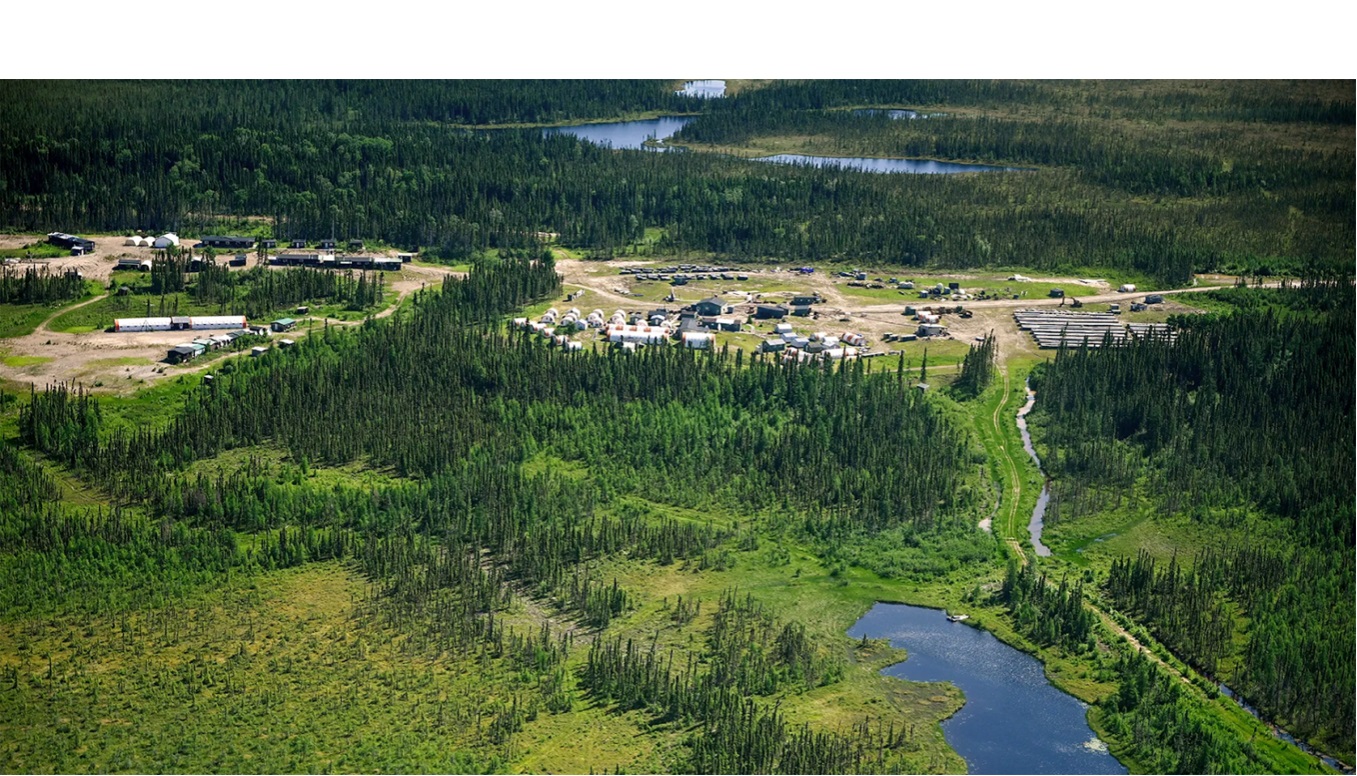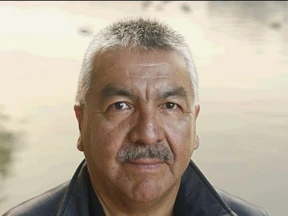
In the remote northern reaches of Ontario, the Esker camp belonging to Ring of Fire Metals is captured in this aerial photograph from the summer of 2022. The image is provided by the Wildlands League.
In Ontario's remote northern expanse, commonly referred to as the 'Ring of Fire,' a surge in mining claims is contributing to the expansion of this mineral-rich region, according to recent findings by the Wildlands League, a non-profit conservation group. The analysis reveals a notable uptick in mining claims, registering more than 31,000 to date, marking a 28% increase within a year. This coincides with a rise in surface rights ownership, with the claims now encompassing 626,000 hectares of the vast northern landscape—a 30% surge since September 2022.
The Ring of Fire, situated 540 kilometers north of Thunder Bay within Treaty 9 territory, houses a significant portion of the Hudson Bay Lowlands, boasting North America's largest intact peatland and the world's second-largest, estimated to store over 35 billion tonnes of carbon. Discovered in 2007 with deposits of chromite, copper, and nickel, the area was initially hailed as Canada's "next oil sands." Despite this, development has been limited, prompting continued exploration and calls for infrastructure development by mining companies, placing pressure on Ontario Premier Doug Ford.
Juno Corp., a Toronto-based mining company, leads with over 17,000 mining claims, covering approximately 333,000 hectares. Following closely is Ring of Fire Metals, a subsidiary of Australian company Wyloo Metals, holding more than 10,600 claims. Both companies assert that extracting critical minerals from the region would support the production of electric vehicle (EV) batteries and other green technologies, aligning with the projected surge in mineral demand over the next two decades.
However, scientists express concerns about potential environmental consequences, particularly the disturbance of peat soil, warning that it could outweigh the benefits of EV technology. Peatlands scientist Lorna Harris notes that unchecked exploration activities could irreversibly damage peatlands, transforming them from carbon sinks to emitters. Furthermore, the extensive exploration may elevate the risk of 'zombie fires' within the peatlands, posing a significant environmental threat.
The mining claims process in Ontario relies on the Mining Lands Administration System (MLAS), allowing online stake claims without physical presence or consultation with affected First Nations. Critics argue that the system misrepresents the low-impact nature of mining claims and exploration.
A significant aspect of this issue is its impact on Indigenous peoples, as the region is exclusively occupied by them. While some First Nations collaborate with the government on access roads, ten other First Nations in Treaty 9 territory have initiated a lawsuit challenging the current decision-making process. If successful, this legal action could fundamentally alter the system, requiring joint decision-making between First Nations and various government levels, addressing historical issues of colonialism.
The federal government has initiated a regional assessment for the Ring of Fire to evaluate the cumulative impacts of development, with the terms of reference expected in early 2024. The delay is attributed to jurisdictional disputes and defining the assessment's scope. This ongoing situation underscores the complex intersection of economic interests, environmental concerns, and Indigenous rights in the pursuit of resource development.















